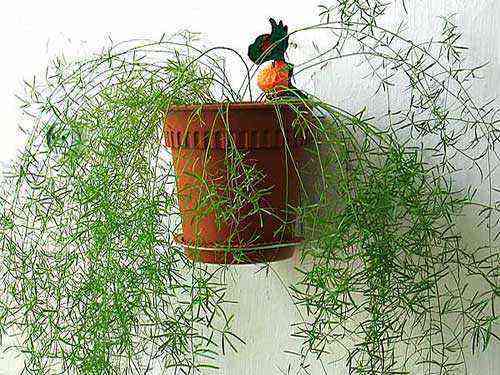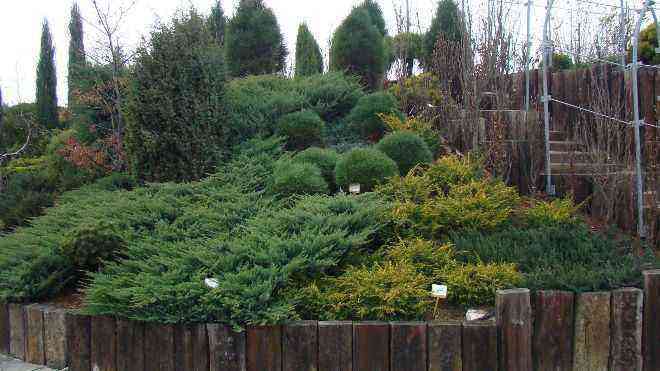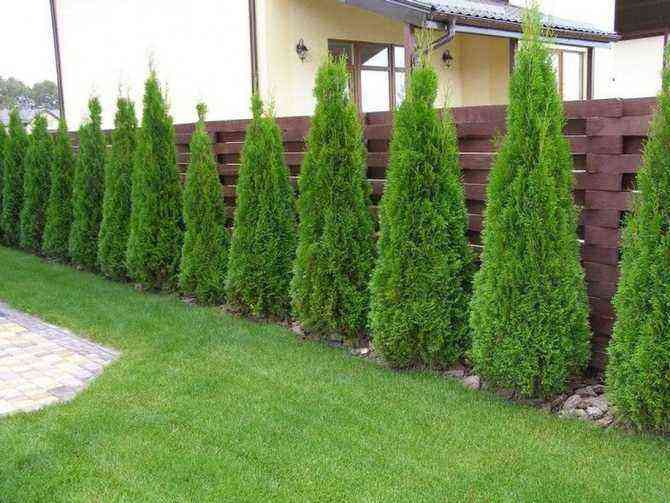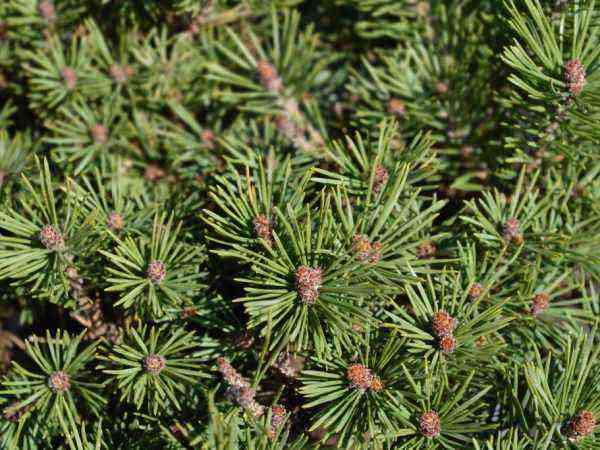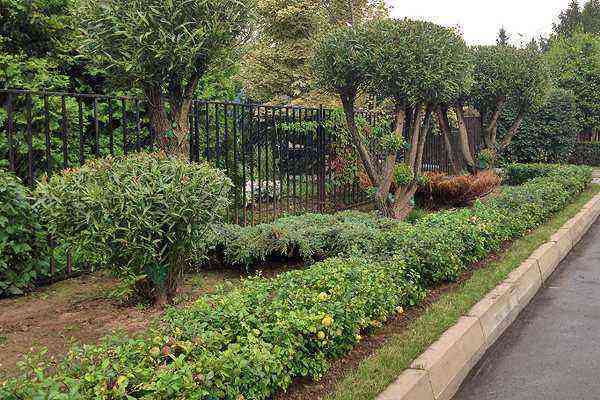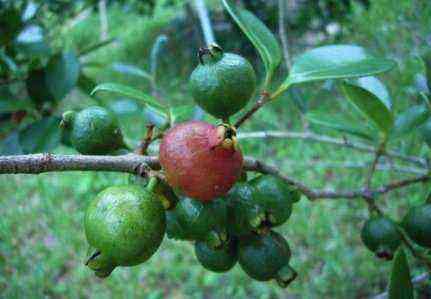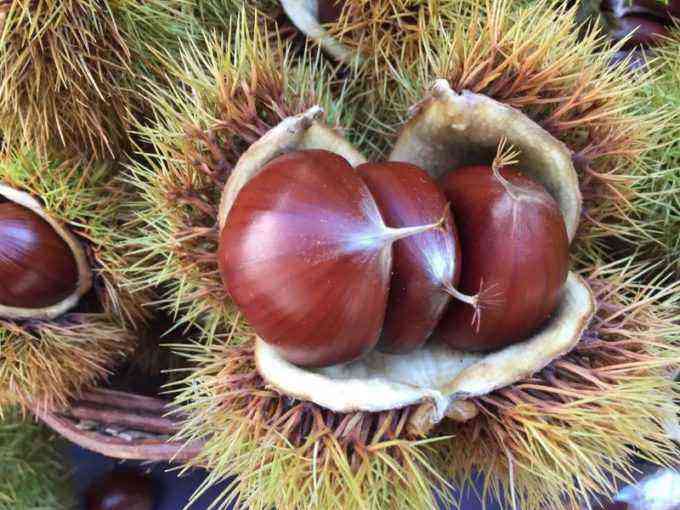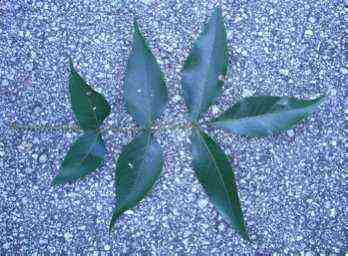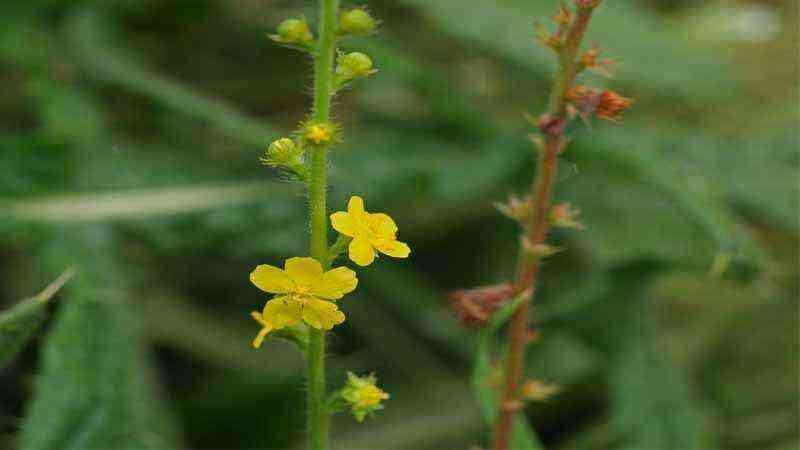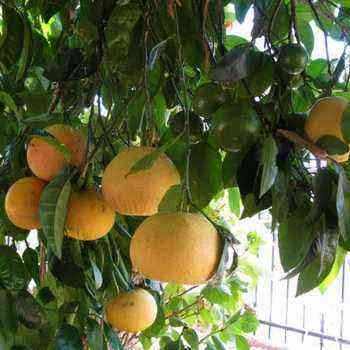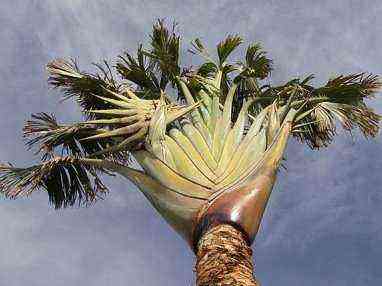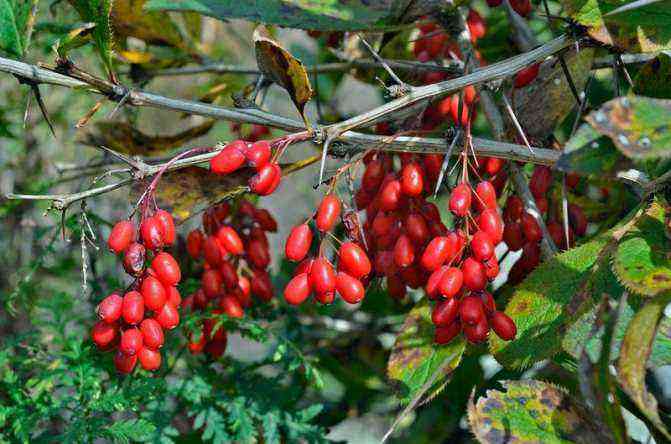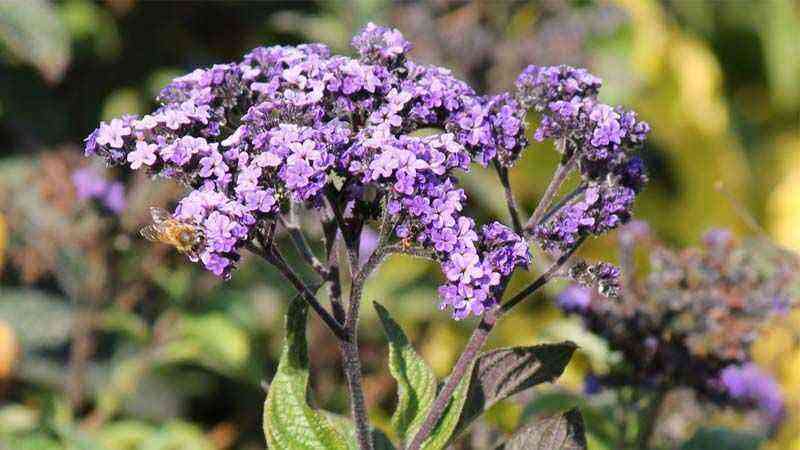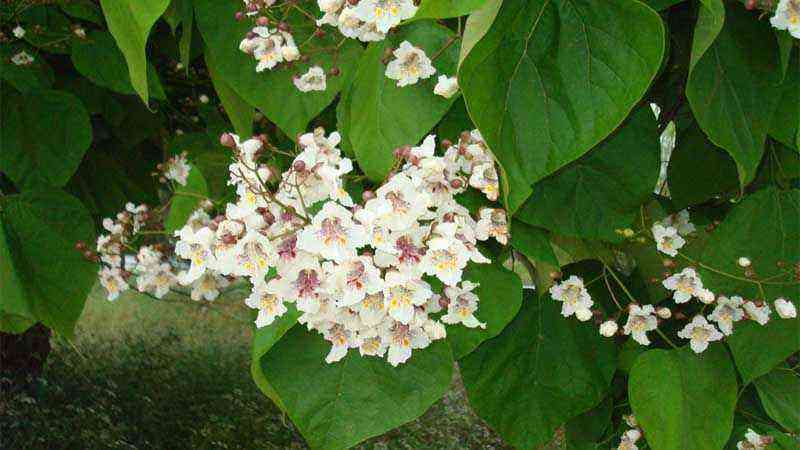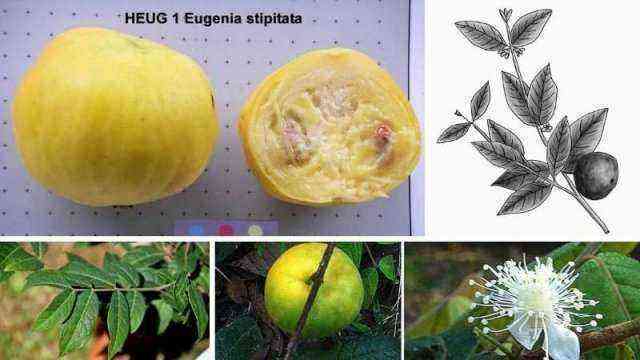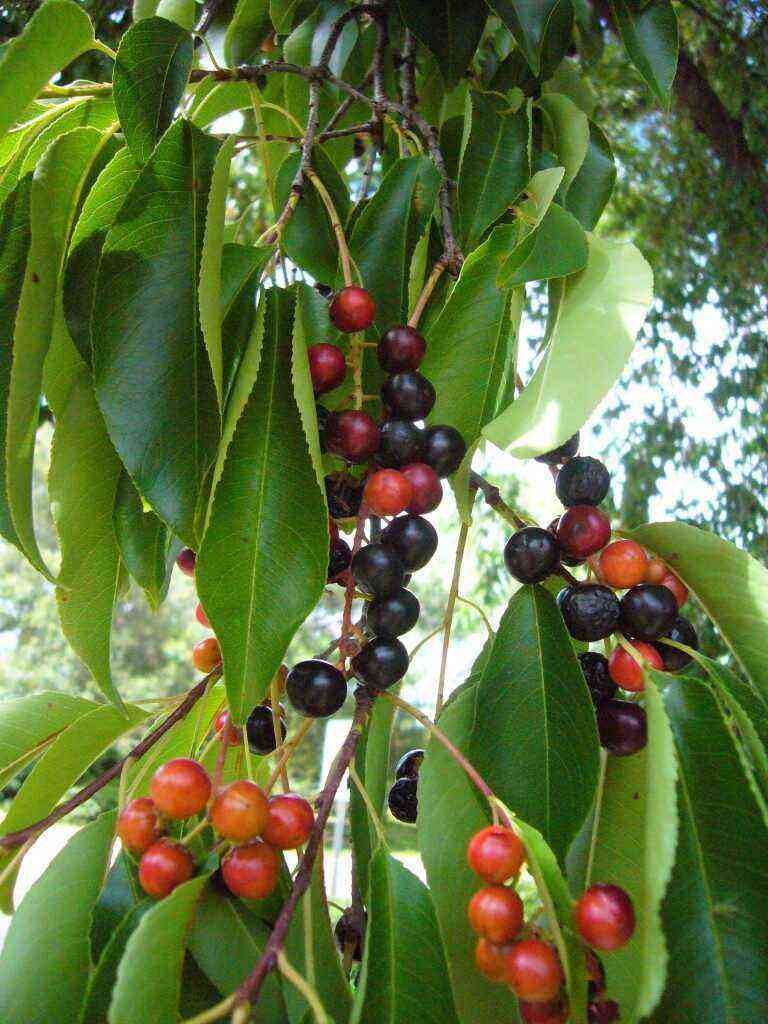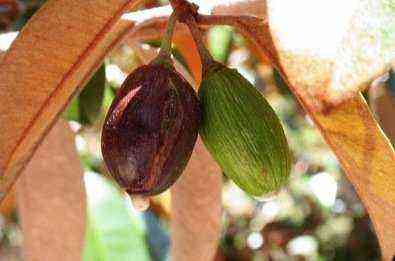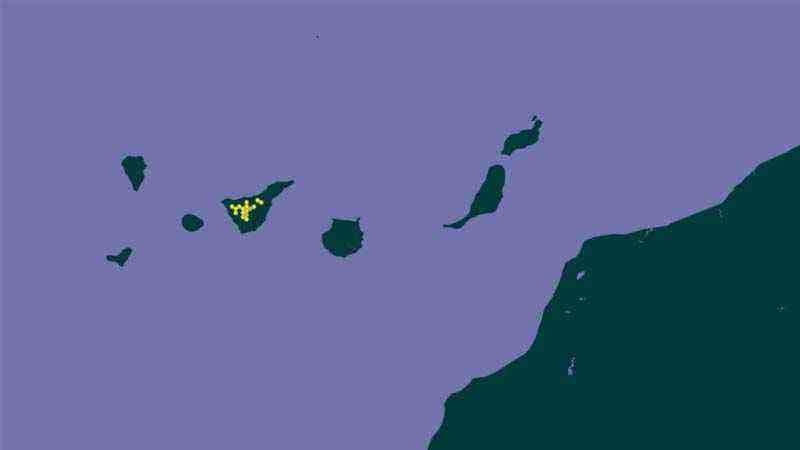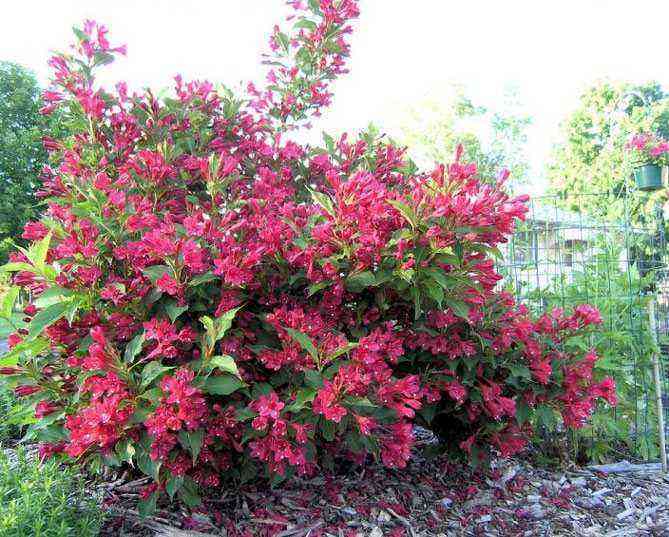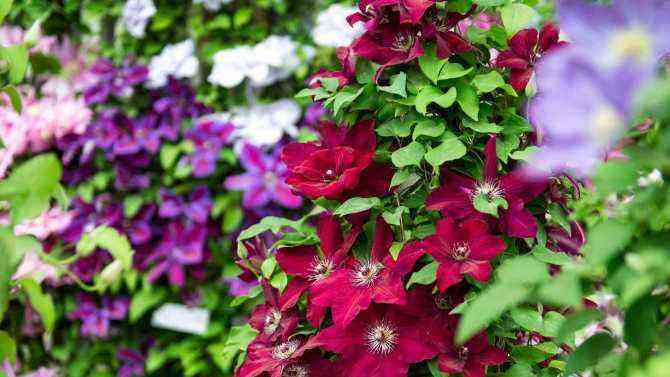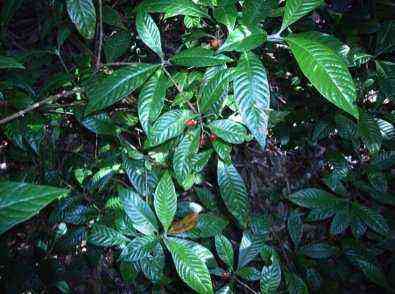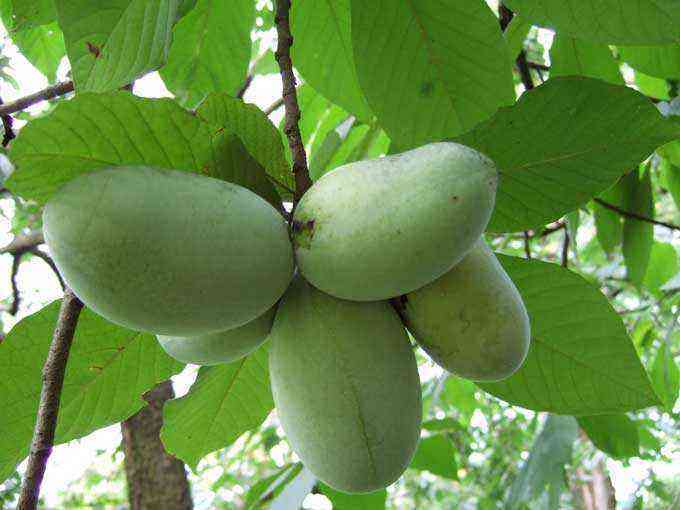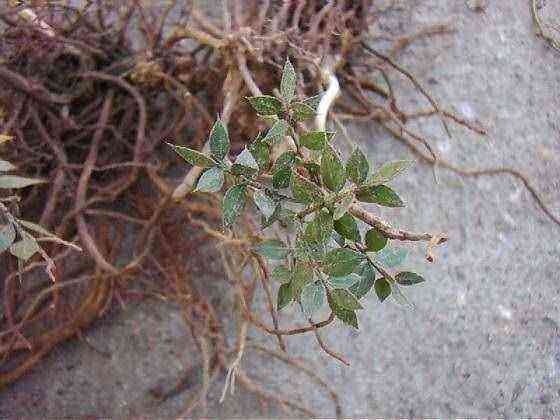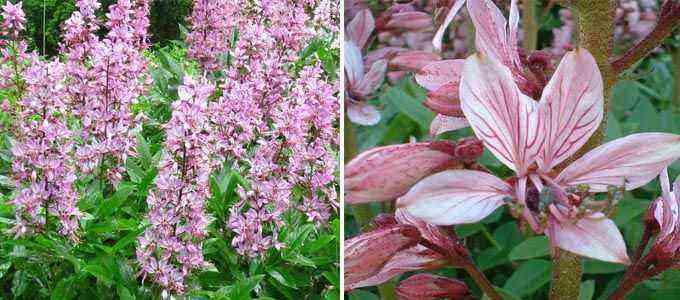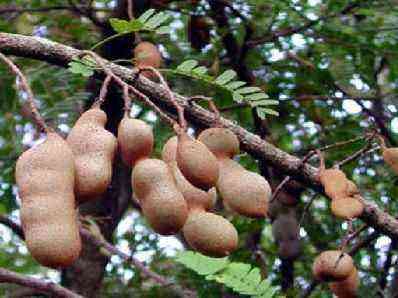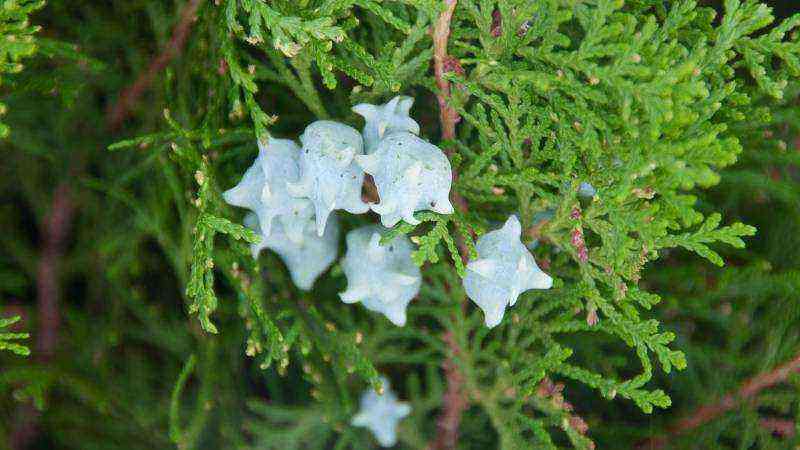There is an opinion that planting and caring for clematis in the Urals are pointless activities that take a lot of gardeners’ time. The reason for this is the harsh conditions of the region. In fact, these flowers grow well in the Urals, you just need to pick up cold-resistant varieties of clematis (clematis).
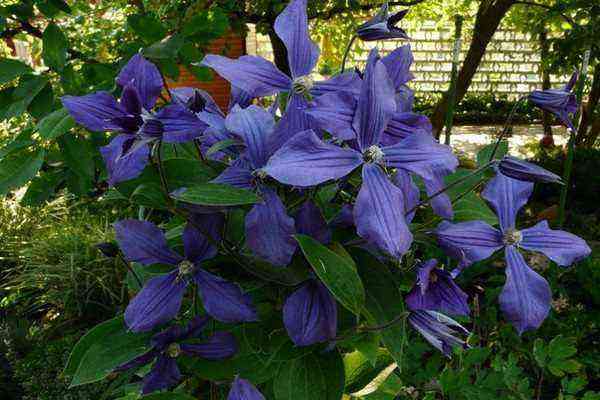

Clematis are able to wrap around old fences, thereby decorating both them and the garden
General information about clematis
Clematis, belonging to the third pruning group, are perfectly suited for cultivation in temperate regions, as well as in the Urals and Siberia. In contrast to relatives of other groups, they are able to withstand negative air temperatures, up to -25 ° C.
These clematis begin to bloom in early or mid-summer, and end in the first half of autumn. At the same time, flowers are formed exclusively on the shoots of the first year of life, and on older shoots, foliage is formed in large quantities, which ultimately leads to a strong thickening of the bush.
It is for this reason that in the fall, after clematis fades (approximately in October-November, but even before the onset of frost), the shoots that have already bloomed this year are cut off, and only young shoots are left on the bush.
It is not at all difficult to carry out such pruning, any novice amateur gardener can do this: the faded shoots are cut with scissors, or with pruning shears at the level of 2-3 buds from the ground.
Another pruning, this time, sanitary, is carried out in the spring, when the frozen shoots or those with developmental defects are cut off.
It should also be noted that if you have just planted clematis (in the spring), then with the onset of autumn it must be cut off completely. This will promote the development of the root system of the bush, as well as help it survive the winter better.
Planting clematis in the Urals in the open field
To land in the Urals, a number of rules must be observed:
- The procedure is carried out immediately after purchasing a seedling.
- The best time is the beginning of May.
- It is necessary to plant clematis before the buds swell.
- Autumn planting is possible, but the plant in the Urals may not have time to get stronger and will die in winter.
- For clematis, choose a sunny place, protected from the winds.
- Heavy clay soils are not suitable for vines.
- The location of the plant should not be too close to the walls of houses or fences, where the soil constantly dries up.
- It is not worth planting the plant under drains, since clematis does not tolerate constant water ingress on the leaves.
Selection of seedlings
The main rule for choosing a seedling for the Urals is the acquisition of zoned varieties. The best option is the vines of the third or second pruning group: Zhakmana, Vititsella, Integrifolia, Flamula. When buying a seedling with an open root system, you can inspect it, identify damage, but you should hurry with planting. When purchasing a seedling in a container, it is permissible to postpone planting a little, while clematis will not suffer. It is better to stop the choice on a two-year-old plant – flowering will come earlier.
Advice! It is better to buy in nurseries, specialized stores. But even in this case, it is necessary to monitor the condition of the root system, the integrity of the stems and leaves.
Site selection and preparation of the landing pit
In the Urals, as in any other region, clematis can grow in one place for about 20 years. For this reason, its choice must be taken responsibly, especially since the culture does not like transplantation.
Summer in the Urals is short, it comes late, so it is difficult for clematis to develop in the shade, and abundant flowering in such conditions is impossible. The place should be well lit, protected from wind and drafts.
The best location of the vine in the Urals is the south side of the house, gazebo or terrace with reliable supports.
Clematis loves slightly alkaline soil, well fertilized, fertile.
To prepare a hole, it is worth digging the soil to the depth of a shovel bayonet, preparing a soil mixture and material for drainage.
Important! It is better to dig a hole in advance, 1 – 2 weeks before planting.
Algorithm of actions:
- Remove roots, debris and grass from the area.
- In case of strongly acidic soil, neutralize it with ash or dolomite flour.
- Clay – lighten by adding peat and sand.
- In sandy – add turf soil.
- The size of the pit should be 60x60x60 cm.
Landing scheme
Immediately before planting, it is worth preparing a clematis seedling with an open root system:
- Dip into the root formation stimulator solution.
- Trim rotten or damaged roots.
- Treat the cut sites with fungicides.
- Shorten roots that are too long by a third.
- Cut off the leaves near the neck.
After preparing the clematis seedling and the pit, you can start planting:
- Lay 15 cm thick broken brick drainage on the bottom.
- Fill two-thirds of the planting hole with a soil mixture of sand, peat, humus and mix the components thoroughly.
- Add compound fertilizer and wood ash to the pit.
- Make a mound of soil mixture.
- Install a seedling on it (strictly vertically).
- Fill in the roots, deepening the root collar by 10 cm.
- Compact the earth around clematis.
- Liberally pour.
- Install a support for the vine.
- Mulch the planting site with a small layer of peat.
- Put arcs and cover for a while with non-woven material, protecting from sunburn and return frost.
The optimal distance between clematis bushes is 1 m, but if you want more dense landscaping, you can reduce the distance to 50 cm.
Choose the varieties

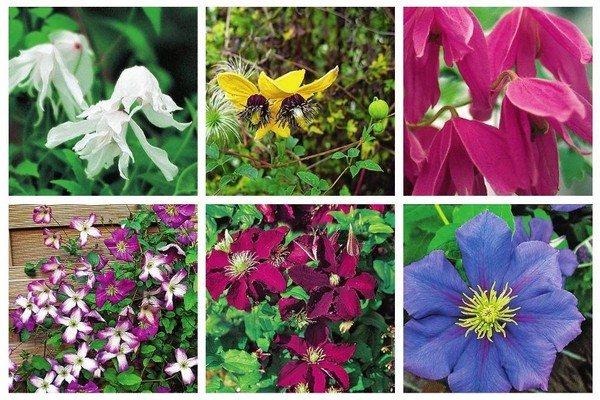
In order to enjoy the flowering of clematis to the fullest, you need to choose the right variety, in accordance with the climatic conditions of the area in which they will grow.
In addition, the wrong variety may not take root at all in your garden.
About clematis for the Urals zone
Jacquemane
The Zhakmana clematis group is a group of large-flowered bush lianas. Their distinctive feature is a powerful root system and long lashes reaching 4m. The leaves are lanceolate, and the flower circumference reaches 20cm. In most cases, the flowers of this group of clematis have a lilac color of the petals.
The most promising varieties of this subgroup are Rouge Cardinal, Bella, Star of India.
Integrifolia

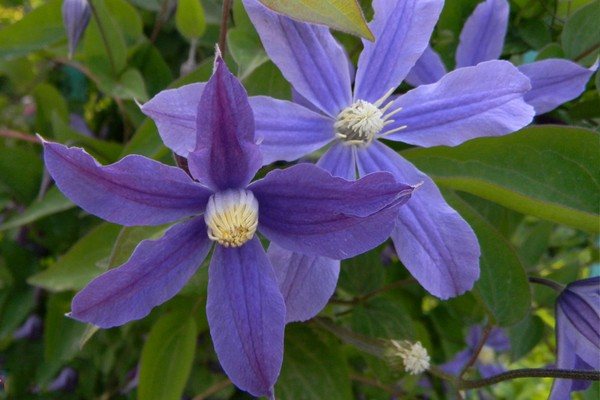
Clematis of this group have not too long shoots, up to 2,5 m in length, as well as medium-sized bell-shaped flowers reaching 12 cm in circumference.
The best representatives of this group are Mrs Cholmondeley and Purpurea Plena Elegans.
Vincella
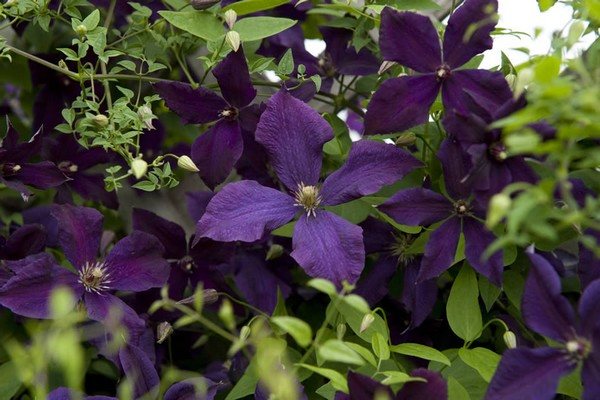

Shoots of these clematis reach 3,5 meters in size. The flowers are not the largest, up to 12cm in circumference, but there can be up to 100 of them on the bush. Flowers in the Vinzella subgroup are usually red, pink, sometimes purple. And the leaves have a very intricate, memorable shape.
Such varieties of this group as Ville de Lyon, Prince Charles, Ernest Markham are most suitable for cultivation in the Urals.
About clematis for the Siberian region
Most of the above-described varieties for the Urals zone are suitable for this region. In such climatic conditions, even late clematis, which bloom in the second half of July, are able to grow. Such clematis will bloom only once, but, on the other hand, quite luxuriantly.
In anticipation of winter, the roots of clematis in Siberia need shelter.
Jacquemane
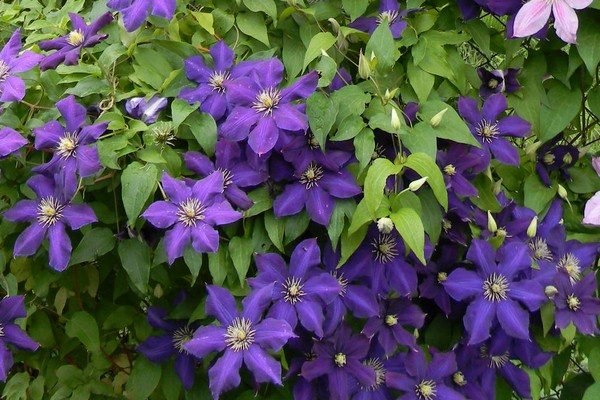
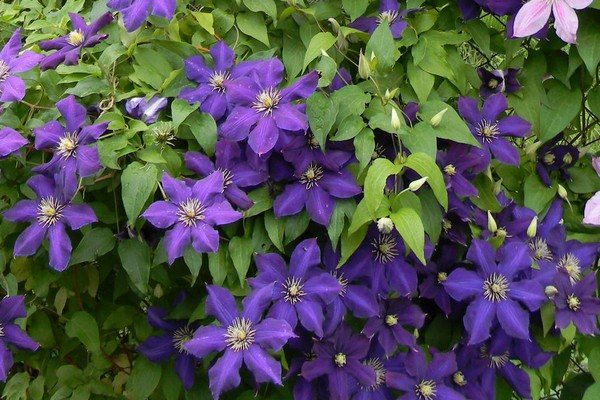
We have already described this group when we talked about varieties for the Urals. For the Siberian regions, the clematis variety of the same name is well suited.
Zhakmana is a clematis that does not require painstaking care, which can be grown even by an inexperienced florist.
The length of this variety is 3,5m. The flowers are purple-colored, up to 8cm in circumference. Lush flower formation is inherent in this clematis from July to September.
Rouge Cardinal

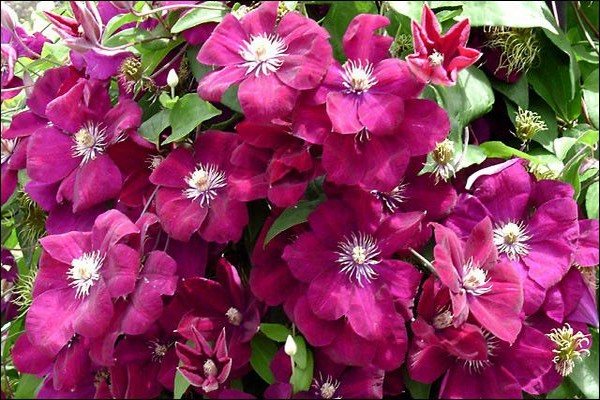
Also already mentioned for landing in the Urals. Included in the Zhakman group.
Vines are long-2m, blooms moderately. Flowers up to 10 cm in circumference, red-crimson color. The stamens are white, or white-pink.
Huldin

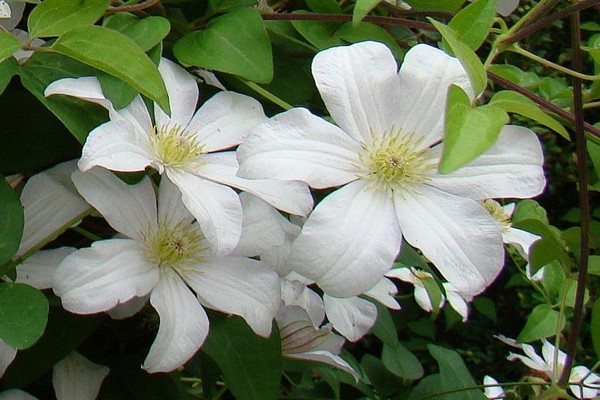
The flowering of clematis of this variety starts in August and finishes in the middle of the first autumn month. Flowers are white, less often purple, up to 8cm in circumference. The branches are long-growing, up to 4m.
Hagley Hybrid


Large-flowered (up to 16cm) variety, with pink petals and bright red stamens. The bush pleases with its flowers for a short time – from July to August. The length of the shoots is 3m on average.
Ville de Lyon


This is a very bright variety, forms a huge number of flowers. From the second half of the summer period to the second half of September, this clematis is strewn with large red flowers (up to 12 cm in circumference) with yellow stamens.
The length of the creeper is 4m.
About clematis for the middle lane
Of course, the choice of clematis for the middle lane is slightly wider than for the zones of the Urals and Siberia, winters are milder here, and summers are longer. Therefore, in addition to the varieties described above, the following varieties will take root well in regions with a temperate climate.
Recommendations
In the gardens of the Urals, clematis have been growing in one place for almost 20 years, but they are negative about transplanting. Therefore, you need to know the rules of planting and care.
Useful tips:
- When planting in the Urals, places with good lighting, but without a draft, are allocated for clematis.
- It is best to plant vines on the south side of the house, next to a gazebo or terrace.
- Each plant is tied to a secure support.
- The soil needs nutritious, well-fertilized.
- For planting, it is better to use varieties zoned for the Urals.
Advice! You need to purchase seedlings from trusted sellers.
Clematis pruning in accordance with the group


Clematis pruning is done in accordance with the group – only this way it is possible to preserve the species characteristics of these plants and ensure their violent, long-term flowering. Before picking up a scissors or pruner, be sure to find out to which pruning group the vine cultivated in your garden belongs, so as not to accidentally ruin its natural beauty.
Pruning is an important agrotechnical technique for growing clematis.and she should be given special attention. Timely and proper molding contributes to the development of a healthy, resistant to adverse factors, beautiful and abundantly flowering plants.
Depending on the belonging of clematis to one or another garden group, the principles and methods of molding vary considerably. The distribution of plants according to this characteristic allows you to systematize the entire huge range.
On this page you will learn about clematis varieties of different pruning groups and you can see in the photo how the formation of vines is performed.
Clematis cultivation and care: description
How to care
The prince begins to bloom in the springtime. The flowering process continues throughout the warm period of time. All summer, clematis delights with beautiful heads of bright, large flowers, which are usually located singly. The petals are painted in a wide variety of shades and colors.
Spring awakening and the beginning of active growth occurs in clematis, when the earth warms up to 5 – 7 degrees. It happens in April. In the second half of May or June (at the beginning of the month) flowering begins on two-year-old shoots and lasts about a month, it all depends on the variety.
Depending on the illumination, the flowers may differ in the degree of color saturation. In the shade, the flowers become paler, and in the light they have a more intense color. But when the bright sun shines for a long time, the flowers may also fade a little.
Spring pruning of clematis 1-th group
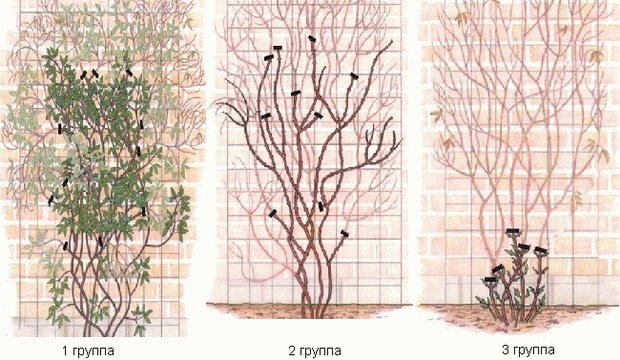
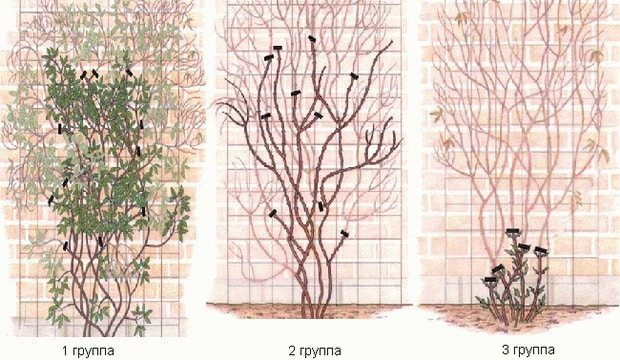
Clematis, blooming only on the shoots of last year, do not cut at all in the fall or only sanitary pruning is necessary, that is, they remove weak, broken and entangled shoots.
Clematis belonging to this group will eventually become bare from the bottom, their decorative effect decreases, and therefore they need periodic rejuvenation of the entire hive – once in 4-5 years.
In this case, the clematis shoots of the 1 group are completely pruned immediately after the spring flowering in order to allow the plant to form new shoots that will bloom next year.
Clematis of the first pruning group include: all princes, mountain clematis, as well as clematis from the Orientalis group, vineyard and ‘Fargezioides’, if they are planted in a protected place.
See the photo on how clematis is cut by the 1 group:
Botanical description of the plant
A beautiful herbaceous or woody plant belongs to the Buttercup family, from the perennial group. Under natural conditions, such green spaces are widespread in regions with a temperate and subtropical climate of the Northern Hemisphere. As a result of the long work of breeders, today different varieties freely take root in the most extreme conditions, including the Urals, Siberia and the regions of the Far East.
As for the name, it comes from the word “klema”, which translated from Greek means “curly flower”. It is clematis vines that are in great demand among landscape designers who design garden plots, city parks and flower beds.
If you compose a description of clematis, then it will be as follows:
- Flowers belong to the group of common perennials, which includes many shrubs, dwarf shrubs and herbaceous plants.
- Representatives of some varieties grow from two to ten meters in height.
- The rhizome can be pivotal or fibrous. Representatives of the first group are characterized by poor transplant tolerance, therefore, they must be immediately planted in a permanent place of “residence” and not be touched in the process of growth.
- The formation of the plant takes place with the help of shoots, which are renewed annually. In turn, the shoot is created on the basis of the buds growing on the previous shoots.
- The shape and appearance of the shoots depends on varietal differences. For example, in thin herbaceous plants, these parts are very thin. In woody ones, they are multifaceted and thicker.
- Varietal characteristics also determine the type of pruning, and pruning leads to the classification of certain types of clematis, among which there are those grown in the Urals.
Clematis Autumn Pruning of the 2 Group
The second group of pruning includes clematis, blooming in spring and early summer on wintering last year’s shoots and again in the second half of summer – in early autumn on the shoots of the current year. It is necessary for them to keep until spring a part of last year’s shoots 2-0,7 m long, that is, to a height of 1,2-10 knots.
For these plants, an autumn weak pruning is performed on approximately the 1 / 3 length of the entire shoot. It is recommended rationing shoots stored in the winter. In an adult bush, it is enough to leave no more than 10-12 of the strongest shoots. Some of them, if necessary, remove the spring (broken, damaged, poorly wintered).
Clematis of the second group of pruning includes the majority of varieties of hybrid origin included in the group of large-flowered hybrids.
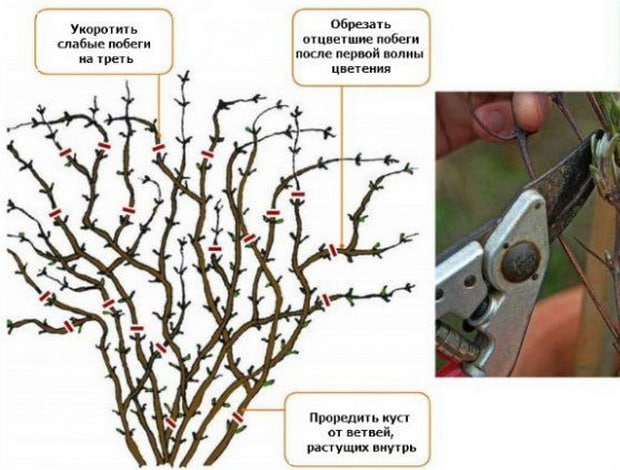
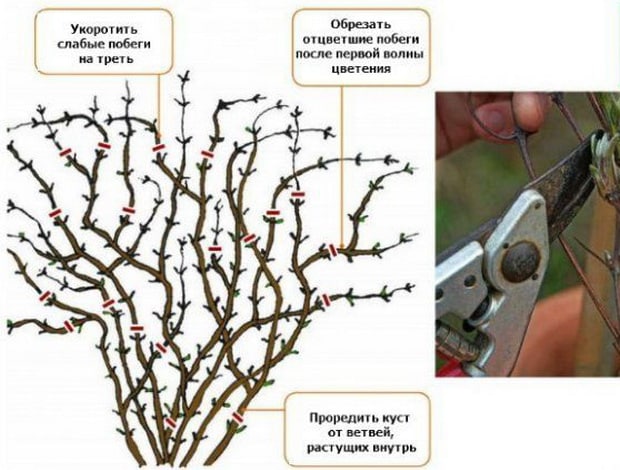
Correct and timely pruning according to the scheme recommended for a particular garden group, against the background of regular care, guarantees the development of healthy, well-formed bushes that bloom for a long time and abundantly, most fully displaying all their potential and decorative characteristics characteristic of a particular species or variety – size, shape, color of flowers and its brightness, abundance and duration of flowering.
How to care for clematis in the Urals
The care of a vine in the Urals differs little from how it happens in other regions. The exception is the carefulness and time of shelter of the plant for the winter.
It is especially worthwhile to treat the seedling with care in the first time after planting in the harsh conditions of the Urals in order to help overcome a stressful situation. To do this, clematis is shaded until it is fully adapted, watered regularly, fed, monitored the position of the root collar and, if necessary, add soil to the planting pit.
Watering
Clematis loves moist soil, so watering should be regular and abundant. The optimal consumption of 30 liters of water for an adult bush once a week. For a young plant, the norm is two times lower. In dry summers, liana in the Urals is watered more often – two or three times a week.
Feeding
The first time clematis is fed during planting, adding complex fertilizer to the pit.
Do not abuse it. Top dressing should be dosed and regular. During active growth, clematis needs nitrogen-containing fertilizers to build up green mass. When buds appear, potash fertilizers are used, immediately after flowering, phosphorus fertilizers. At the end of August, before the onset of cold weather in the Urals, mineral fertilizing is required to help the plant prepare for winter.
Trimming
Clematis of the second and third pruning groups are recommended for cultivation in the Urals, which are carried out according to the rules:
- the second group – cut off all shoots at a level of 1 m from the ground, leaving 3 – 5 pairs of buds;
- the third group – flowering occurs on the shoots of the current year, which are cut at the root for the winter.
Preparation for winter
In September, with the onset of the first frosts, clematis is pruned in the Urals according to the scheme, depending on the variety group. The vines are removed from the supports, the bushes are covered with sand or ash to a height of about 15 cm. The shortened shoots are laid on the ground, covered with spruce branches, dry foliage. It is recommended to arrange more reliable protection for clematis using boxes or special supports. They are covered with roofing material, non-woven material, plastic wrap and reliably press the edges to the ground.
Clematis should be gradually opened after wintering in the Urals. They ventilate it after the beginning of the melting of the snow, then remove the additional shelter. With the onset of spring and steadily warm weather, spruce branches and leaves are removed. In order for the plant not to get burned, you should leave a little shading for a couple of weeks, until it gets used to it. For this purpose, a thin non-woven material, light shields are used.
When clematis is opened after winter in the Urals, they are immediately watered abundantly at the rate of 10-15 liters of water under one bush. For this purpose, you can use a solution of chalk (50 g per 10 l).
Protection against diseases and pests
Clematis rarely get sick in the conditions of the Urals and other regions, but sometimes it still happens, then the plants can be affected:
- rust – brown spots appear on the leaves and shoots;
- gray rot – fungal spores lead to the death of leaves;
- powdery mildew – white bloom on leaves, stems and buds;
- wilting – clematis cannot breathe due to blockage of blood vessels.
To fight diseases, fungicides, Bordeaux liquid are used.
Important! Infected leaves and shoots are removed and destroyed.
Clematis pests include:
- aphid;
- spider mite;
- slippery;
- caterpillars;
- snails;
- mice;
- bears.
In the fight against them, they use insecticidal agents, traps, and use manual collection of pests.
Correct Clematis Cutting of the 3 Group
In the 3 th pruning group includes clematis, long blooming from June to July on the shoots of the current year. They do not need to save the shoots in winter, so a strong pruning is applied, when all the shoots are cut almost to the base of the bush, or rather, to the height of 1-2 nodes, that is, to 10-15, see.
In adults, well-developed bushes, located in a suitable place (warm, windless) and receiving timely and adequate care, you can leave part of the shoots in the fall, like the clematis of the second group.
This combined method of pruning can be achieved earlier flowering first on last year’s shoots and a little later on regrown shoots of the current year. However, it should be noted that this technique can weaken the plants, and on young bushes or weakened by insufficient care, combined pruning is generally unacceptable.
Care
To ensure the full development of the plant, it must be properly looked after. To do this, it is worth performing a number of activities.
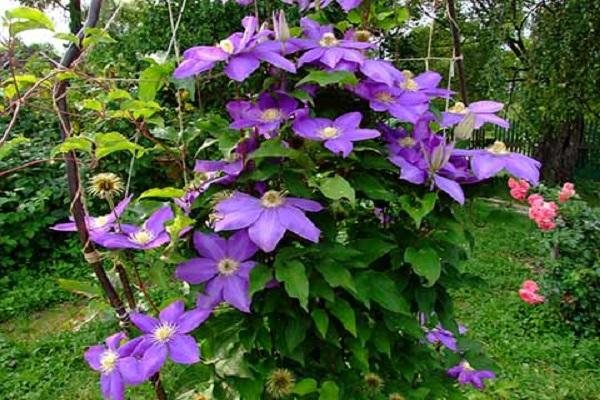
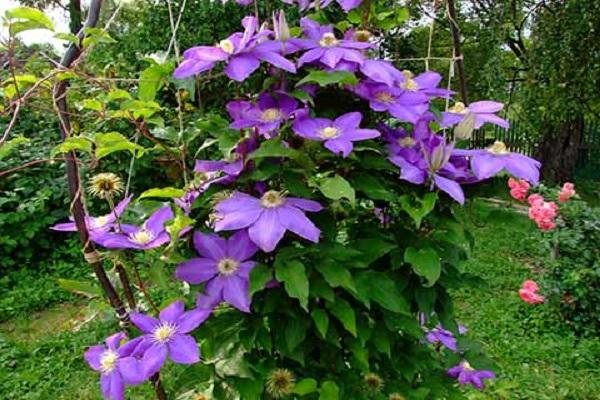
Watering
For the full development of clematis, proper watering is required. If this procedure is carried out incorrectly, there is a risk of death of the bush. The culture does not like frequent and shallow watering.
It is especially dangerous for liquid to enter the central part of the bush. This will damage the root collar of the plant with rot. In addition, moisture will not get into the soil structure, where the roots of the bush are.
The root system of clematis is considered to be quite massive. It is located deep, and therefore the culture requires high-quality irrigation. For 1 time, an adult plant should receive at least 3 buckets of water.
It is worth watering the culture at intervals of 4 days. In this case, the water should not spread, but fall into the depths. To do this, you need to make a round hole around the plant at a distance of 40 centimeters from the trunk.
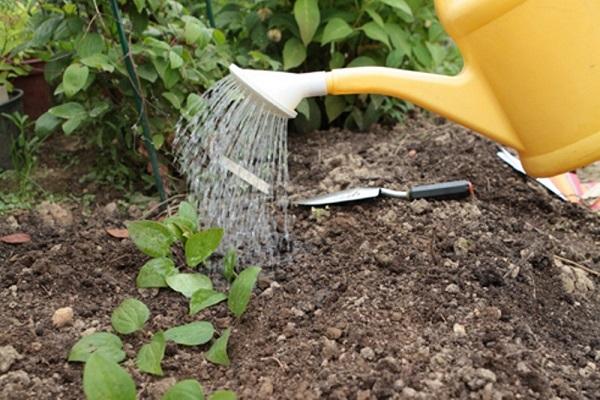

Additional fertilizing
Long-term flowering of the plant requires the introduction of a large amount of fertilizer. In addition, the culture requires strength for the annual renewal of the shoots. It should be borne in mind that it is recommended to use top dressing often, but in small amounts. A single introduction of a large amount of fertilizer leads to chemical burns of the root system.
When breeding clematis, it is recommended to alternate organic matter and mineral fertilizers. The bush should be fed at least 4 times during the season. Before using fertilizers, the culture is well watered. This helps to avoid chemical burns.
Before preparing for winter, it is worth adding bone meal. For 1 square meter, 200 grams of the substance will be required. During the active growing season, the plant needs to use nitrogen. With a deficiency of this substance, the flowers and leaves will be too small and turn yellow.
The plant needs to use urea, Nitroammofoska or ammonium nitrate. Potassium nitrate can be added in the spring. In warm weather, milk of lime is used, which helps to avoid acidification of the soil.

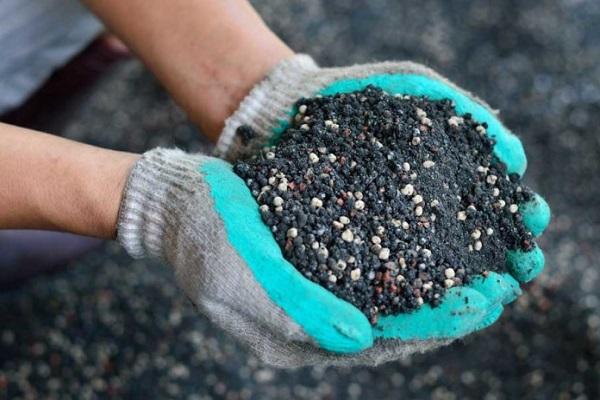
Trimming
The plant must be pruned. This helps to avoid excessive thickening of the bushes and achieve their rejuvenation. Pruning also makes the flowering more lush. In summer, secondary shoots are cut off from the culture. This activates the emergence of new branches and prolongs flowering.
Almost all plant varieties after planting stretch strongly upward. Therefore, it is recommended to cut the main stem, leaving only a few strong buds. This activates the emergence of basal stems.


Garter
To ensure the normal development of the plant, supports are used. They can have different designs. For this, arches, pyramids or fan compositions are used.
In any case, the thickness of the elements should be no more than 1-1,2 centimeters.
When growing, the shoots increase their weight. Not all materials can withstand this. When choosing a support, it is not recommended to plant clematis closer than 0,5 meters to a brick wall. The plant should be removed even more from the metal fence. Such structures have a negative impact on the development of culture.
See also
Description of clematis varieties Manchurian, cultivation agrotechnologyRead
Preparation for winter
When planting clematis in the Urals, you should worry about protecting the plant in winter. With the onset of cold weather, you need to pour a bucket of humus into the central part of the bush. However, first, the lower leaves should be removed from the plant and the basal neck should be treated with copper sulfate. Then the bush is spud at a height of about 15 centimeters. For the procedure, ash and sand are used.
Covering clematis is allowed exclusively in a dry way. To do this, it is recommended to bend or twist the shoots, and then lay them on the base. Then the branches are covered with dry oak leaves, foam or spruce branches.

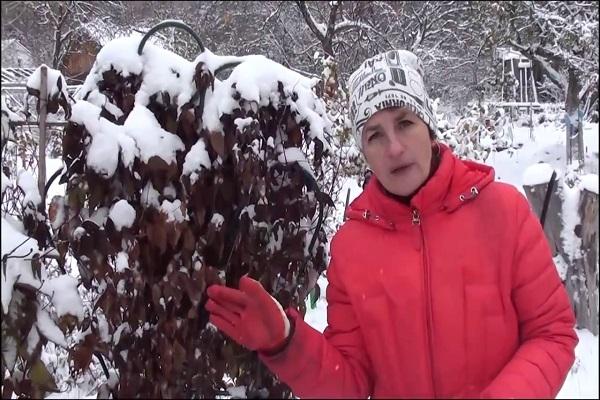
From above, the bush is covered with a box and a piece of roofing tar. You can also use other waterproof material. You can fix the structure with bricks or stones. Sprinkle it on top with earth.
When to open after wintering
As the snow melts, clematis should be opened. Otherwise, the kidneys may vanish. First, it is worth removing an additional cover – a box and roofing felt. When stable warm weather is established, you can get rid of spruce branches.
Immediately after removing the shelter, clematis should be watered. 1 bush will require 10-15 liters of water. Instead, you can use a solution using 50 grams of chalk.
Diseases and pests
When growing a plant, it should be borne in mind that it can face various diseases or attacks of harmful insects.

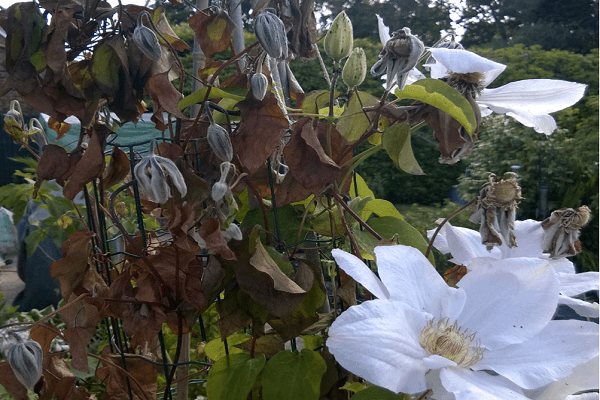
Introduction Wilt
This fungal disease often affects plants. With its development, wilting and drying of leaves and shoots is observed. Special remedies help to cope with the problem – for example, Fundazol. In case of severe damage, the plant must be removed with a clod of earth. After that, the planting area is recommended to be disinfected.
Rust
This is a rather unpleasant pathology, which is accompanied by the appearance of yellow and brown spots on the leaves. Bordeaux fluid helps to cope with the disease.
Nematode
These pests lead to damage to shoots, leaves, flowers. Systemic insecticides help to cope with them.
Clematis 3 pruning groups: varieties for the Urals, Siberia
All clematis are divided into 3 pruning groups. The main difference between a vine belonging to a certain category is the time of the beginning of flowering, as well as on which shoots the inflorescences appear.
Considering clematis of the 3rd pruning group, the best varieties, we will immediately determine that the beginning of flowering usually occurs in July – early September. The plant throws out inflorescences only on new shoots that have grown in the current year. Last year’s whips remain empty.
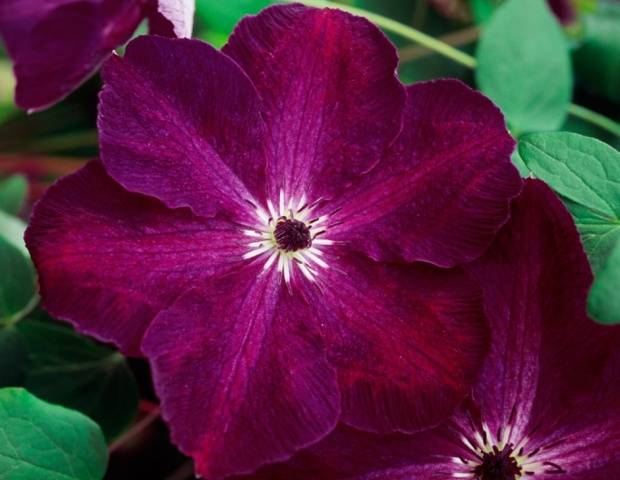

Before you start considering clematis of the 3rd pruning group, description, photo, it is worth briefly touching on the rules for removing faded shoots. The annual pruning of old lashes is justified by the fact that buds for new inflorescences are not laid on them. In the spring, a huge amount of foliage is simply formed on the shoots, thickening the bush.
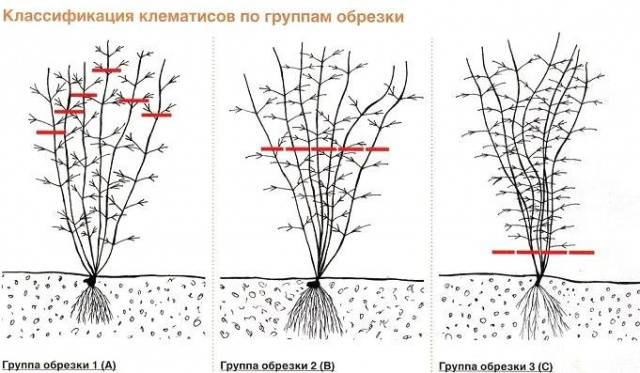

Difficulties with pruning creepers should not arise even for beginners. All clematis of the 3rd pruning group are trimmed with scissors almost at ground level. Old shoots are not removed to the very root, but ends with two or three buds are left. Young last year’s whips, which have not yet bloomed, are left to grow. Frozen shoots with mechanical defects are pruned in the spring.
Pruning dates for old shoots fall in October – November. The liana should already bloom at this time, but you should not wait until the first frost.
The video tells about clematis of the third group:
Varieties for the Urals
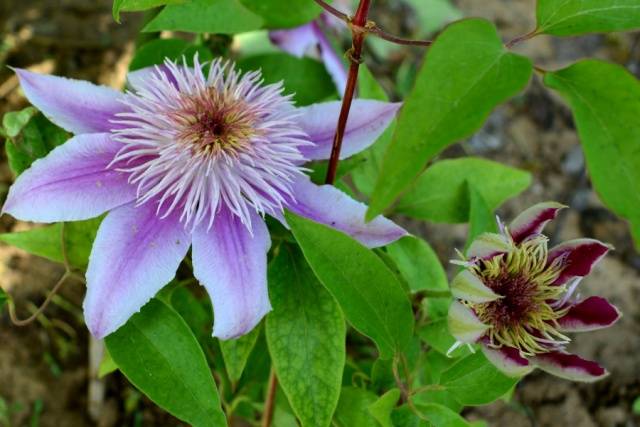
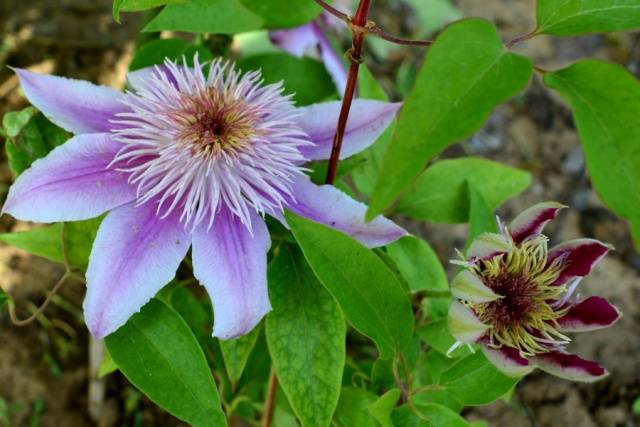
In order for the vine to fully unfold in all its glory, it is necessary to choose the right variety for each region. The survival rate of the plant and the intensity of flowering will depend on this. When looking for clematis of 3 groups of pruning varieties for the Urals, you should pay attention to the following categories:
- Zhakman. The group includes bush vines with large inflorescences. Scourges grow up to 4 m long. The plant has a powerful root system. The leaves are pinnate. The flowers are large with a diameter of about 20 cm, most often with lilac petals. Inflorescences appear only on young shoots of the current year. If you choose the best clematis of the 3 pruning groups from this category, then Rouge Cardinal, Bella, and Star of India are preferred.
- Integrifolia. A distinctive feature of this group of shrub vines is the limitation of the growth of lashes to 2,5 m. Flowers are formed in a smaller size, up to 12 cm in diameter, in the form of a bell. Flower buds are laid only on young shoots. Old lashes are completely removed at the onset of the first frost. Among the popular varieties in this category are Mrs Cholmondeley, as well as Purpurea Plena Elegans.
- Winzella. Vines of this group can be recognized by the complex structure of the leaves. The flowers grow to a maximum diameter of 12 cm. The petals usually take on a red, pink or purple hue. One bush is capable of throwing up to 100 flowers. The growth of lashes is limited to 3,5 m. Flowers appear on young shoots, which must be completely pruned in autumn. Popular varieties in this category are Ville de Lyon, Prince Charles, Ernest Markham.
To make it easier to choose clematis of the 3rd group for growing in the Urals, you just need to pay attention to the belonging of the variety to one of the categories.
Pests and diseases
- Roots are harmed by moles, nematodes and bears. Leaves can be harmed by snails, spider mites, scale insects, aphids, slugs. A specific chemical insecticidal agent should be used for each type of insect.
- “Karatan” is used for powdery mildew. First, the affected shoots are cut off, and then treatment with this drug is carried out.
- For rust (fungal disease), you need to use Bordeaux liquid.
- With a fungal infection, the root system and the aerial part of the plants are damaged. The plant can dry out completely. It is necessary to remove damaged parts and carry out chemical treatment (Azocene, Fundazol). Leaves with stems should be sprinkled with a remedy for diseases, and clematis should also be watered at the root.
Varieties for Siberia
When choosing clematis of 3 groups, the best varieties in Siberia, you can pay attention to most of the vines suitable for growing in the Urals. Even late flowering plants adapt well in cold climates. The buds bloom in late July – early September. Such vines bloom once, but abundantly. When the bush fades, the shoots are immediately cut off, leaving 1-2 buds, and the rhizome is covered for the winter.
For Siberia, you can choose the following varieties:
- Zhakman. Vines throw out beautiful purple flowers. The petals are velvety. The diameter of the flower is about 8 cm. The scourge grows up to 3,5 m long. The bush is abundantly covered with color from July and fades in September.
Review of the best varieties
When summing up, it is time to consider the most beautiful clematis of the third pruning group, included in the popularity rating:






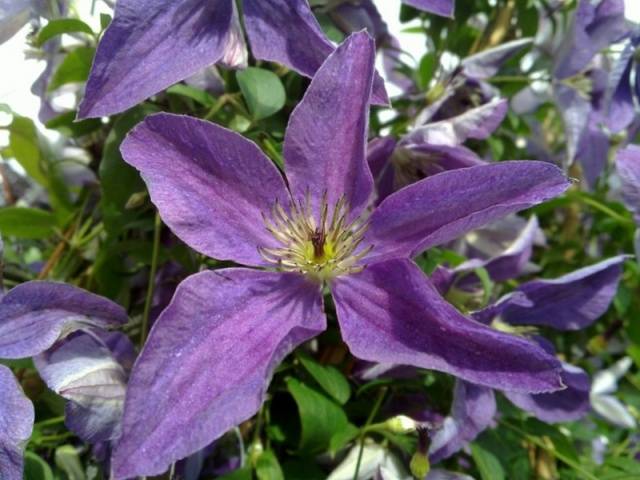

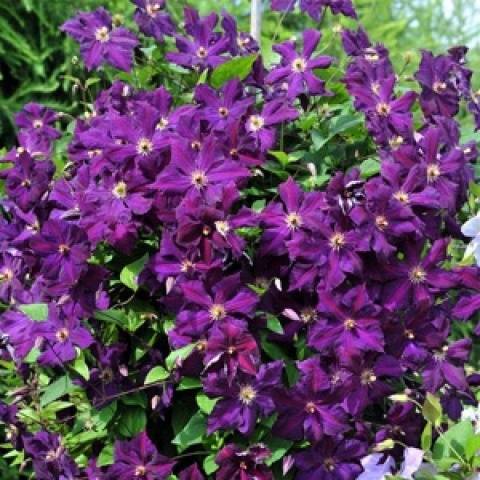

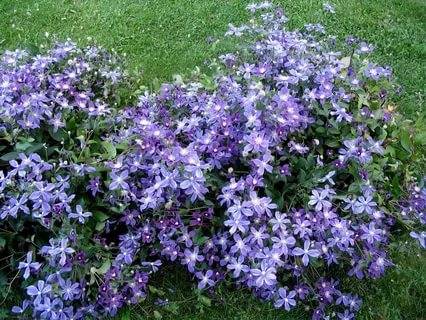

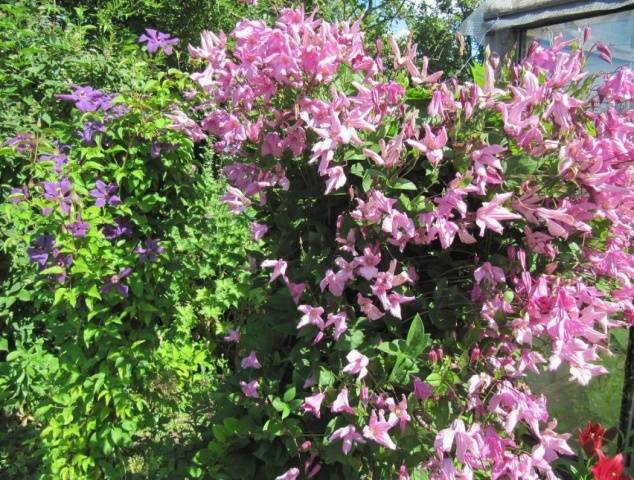
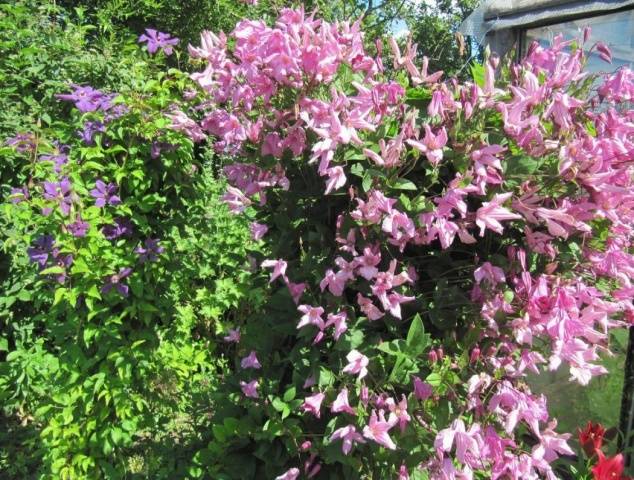
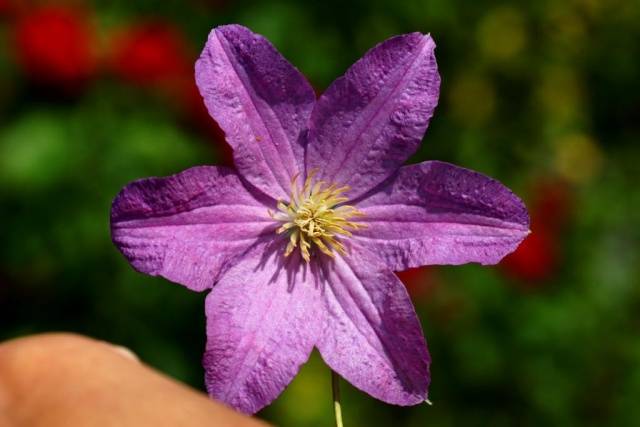

There are many varieties and types of clematis of the 3 pruning group, which are almost impossible to consider at once.
Breeders are constantly developing new flowers adapted to different climatic conditions. True lovers of clematis should constantly monitor new products, and when they appear, try to grow on their site.
{SOURCE}

